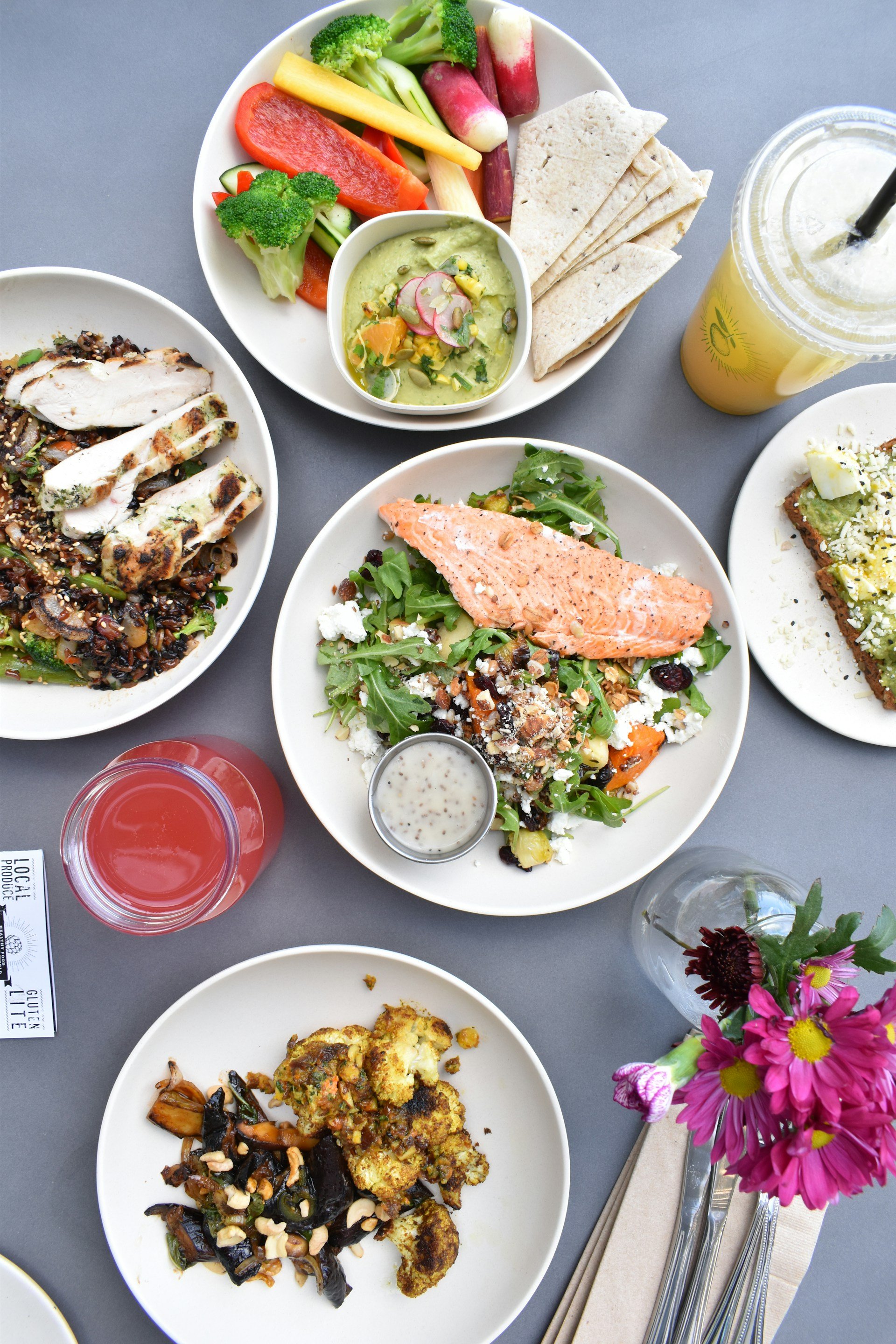
The Benefits of Omega-3 Fatty Acids During Pregnancy, Breastfeeding, and Postpartum: Why Nutrition Matters
Omega-3 fatty acids, particularly DHA (docosahexaenoic acid) and EPA (eicosapentaenoic acid), play a crucial role in the health of mothers and babies during pregnancy, breastfeeding, and postpartum recovery. These essential fats are vital for brain and eye development in babies and offer numerous health benefits for mothers.

The First Room of Labour : What to Expect and How to Prepare for the Latent Stage
The first room of labour, also commonly referred to as the latent phase, marks the beginning of an incredible journey to meeting your baby. It is the longest and most varied phase, involving the gradual opening (dilation) of the cervix to allow your baby to move into the birth canal. Understanding this stage, knowing what to expect, and preparing mentally and physically can help you feel more confident during labour.

Postpartum Cultures Around the World and the Importance of Embracing the Postpartum Period in the UK
The postpartum period, often referred to as the "fourth trimester," is a crucial time for new mothers to recover, bond with their baby, and adjust to the demands of parenthood. While the UK and other Western countries often overlook the importance of postpartum care, many cultures around the world have long-standing traditions to support new mothers during this transformative phase. Embracing and nourishing the postpartum period is not only a cultural practice in many parts of the world but also a necessity for long-term physical and emotional well-being.

Pain Relief Options During Labour: What Are Your Choices?
Labour and childbirth are deeply personal experiences, and every parent-to-be deserves the knowledge and support to choose pain relief methods that align with their preferences and circumstances. From natural techniques to medical interventions, there are a variety of options to manage pain during labour. This article explores your choices, detailing how each method works, its benefits, and potential drawbacks, so you can make informed decisions for your birth plan.

The Role of the Placenta in Pregnancy: Its Importance and How to Nourish It
The placenta begins to form shortly after fertilisation and attaches to the uterine wall, connecting to the baby via the umbilical cord. It acts as a critical interface between mother and baby, supporting the pregnancy in several ways:

